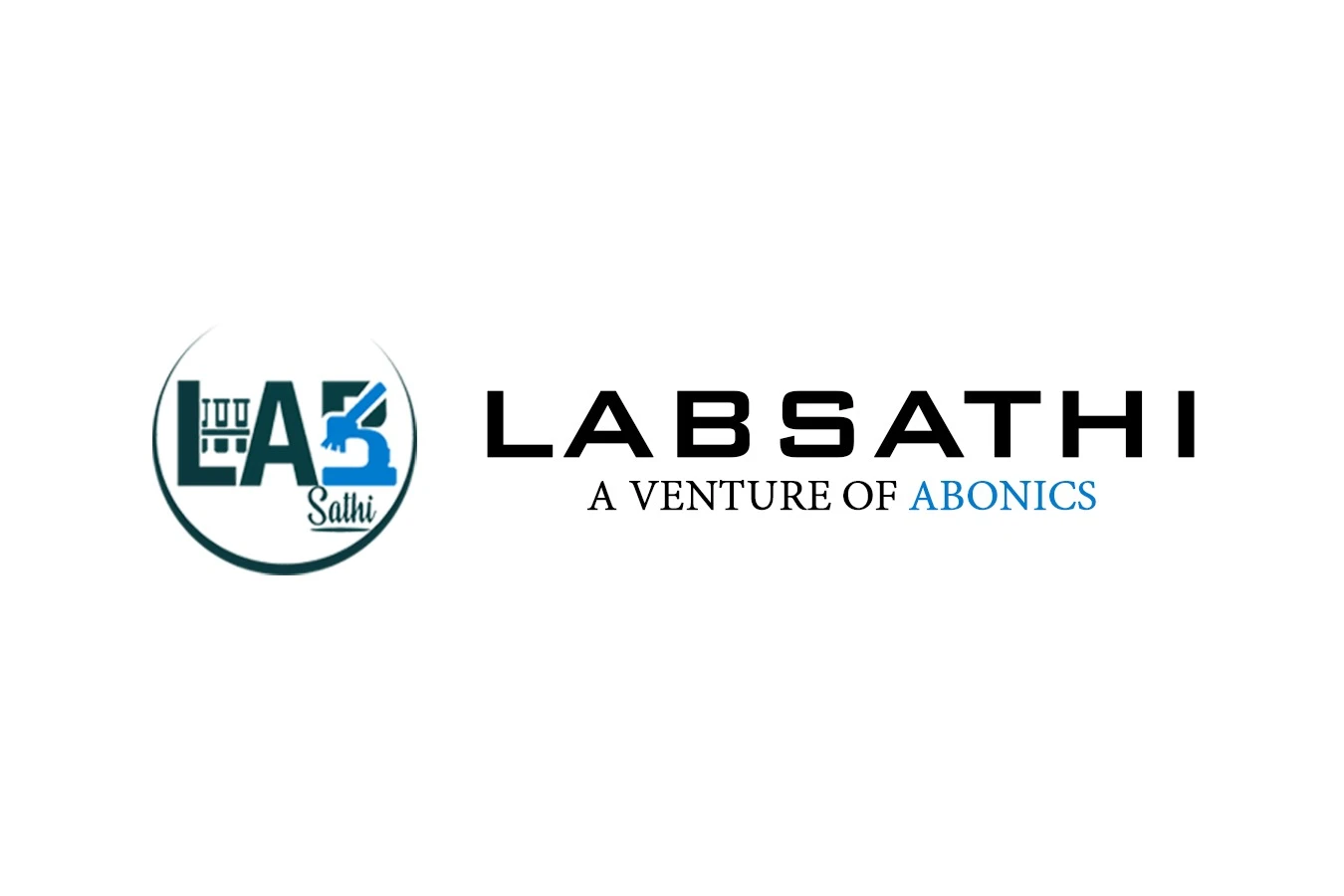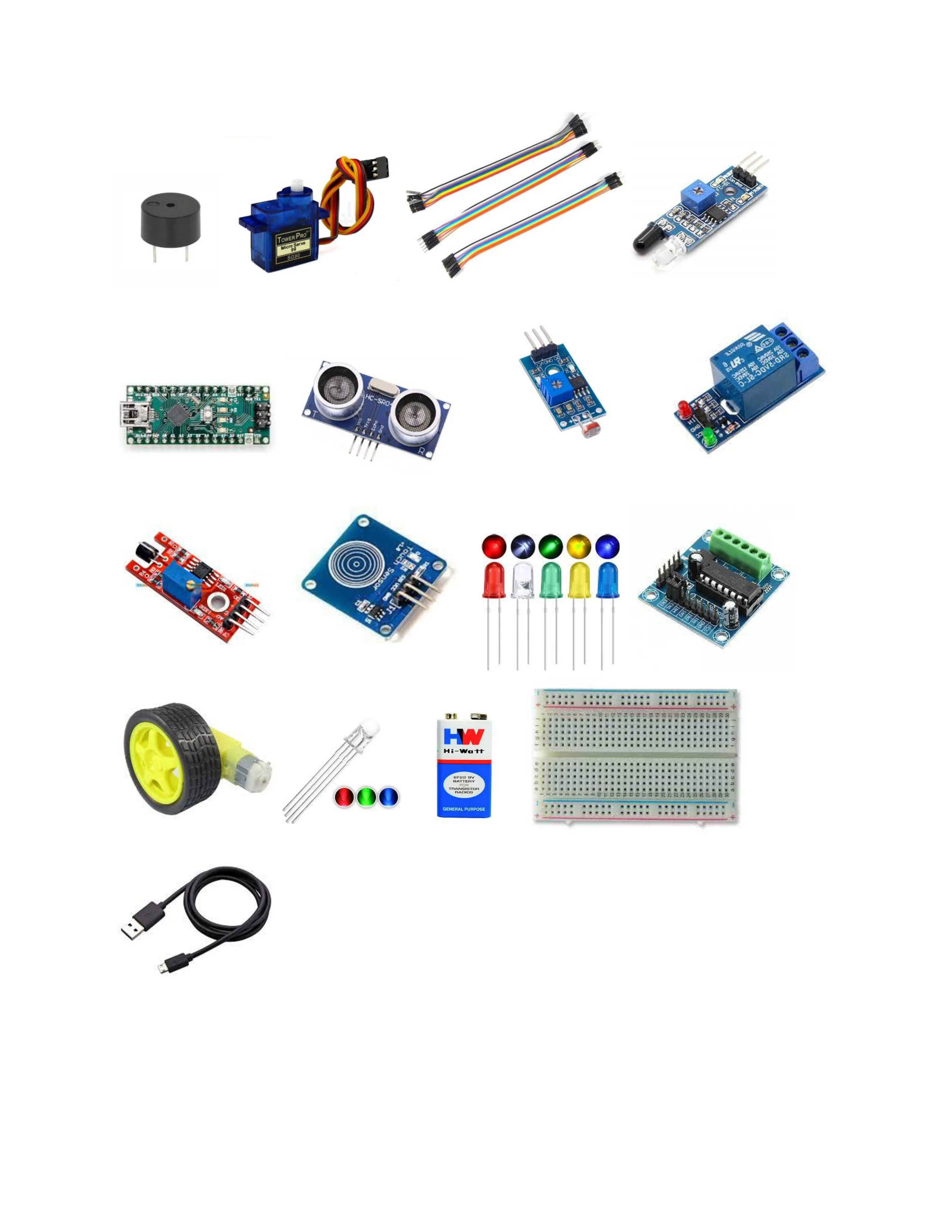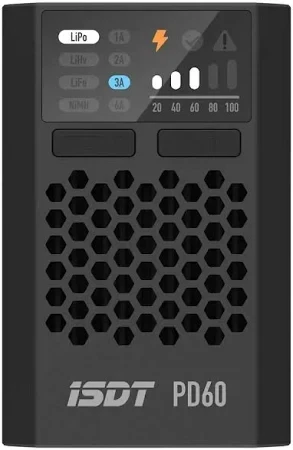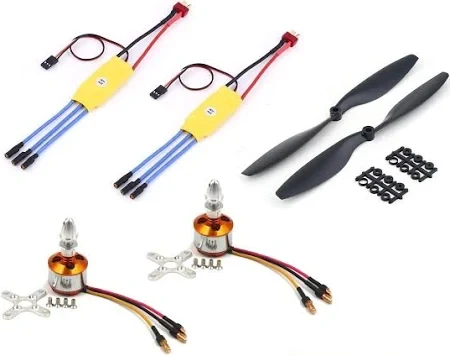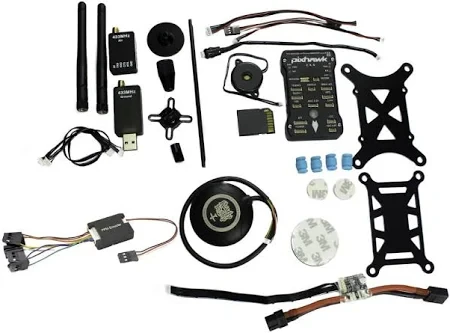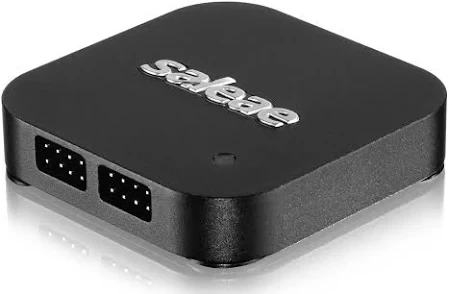Ender PLA+ 1.75mm Filament is a high-strength, easy-to-use thermoplastic filament designed for FDM (Fused Deposition Modeling) 3D printing. Compared to standard PLA, PLA+ (Polylactic Acid Plus) offers improved toughness, higher impact resistance, reduced brittleness, and better layer adhesion, making it suitable for both prototyping and functional research components.
This filament is optimized for Creality Ender-series printers but is compatible with all open-source FDM 3D printers that support 1.75mm filament. Its low warping, minimal shrinkage, and excellent dimensional accuracy make it ideal for academic labs, IoT enclosures, robotics parts, and mechanical prototypes.
Technical Specifications
-
Material: PLA+ (Polylactic Acid enhanced formulation)
-
Filament Diameter: 1.75mm ± 0.02mm
-
Printing Temperature: 200°C – 220°C
-
Bed Temperature: 50°C – 60°C (heated bed recommended but not mandatory)
-
Print Speed: 40 – 80 mm/s
-
Tensile Strength: ~60 MPa (higher than standard PLA)
-
Elongation at Break: ~10% (improved ductility)
-
Density: ~1.24 g/cm³
-
Spool Weight: 1kg (net)
-
Odor Level: Very low, eco-friendly bioplastic
-
Moisture Sensitivity: Moderate (recommended to store in dry box or sealed bag)
Features
-
Stronger and tougher than standard PLA
-
Excellent dimensional accuracy and surface finish
-
Reduced clogging and consistent extrusion on Ender printers
-
Low warping and shrinkage for precise prints
-
Easy to print with minimal tuning—ideal for research environments
-
Biodegradable and eco-friendly compared to ABS/other plastics
Operating Parameters
-
Nozzle Size: 0.4mm (standard; supports 0.2–0.8mm)
-
Cooling: Active cooling fan recommended for best results
-
Storage: Store in airtight bag with desiccant to avoid moisture absorption
Compatibility
-
Compatible with Creality Ender series (Ender-3, Ender-5, Ender-6) and all open-source printers (Prusa, Anycubic, Artillery, etc.) that support 1.75mm filament.
-
Works for IoT enclosures, robotic components, prototypes, educational models, and mechanical fixtures.
Common Use Cases
-
IoT & Embedded Systems: Custom enclosures for boards like Raspberry Pi, ESP32, Jetson Nano
-
Robotics: Gears, brackets, sensor mounts, drone parts
-
Research Prototyping: Mechanical fixtures, connectors, and test rigs
-
Education: Teaching 3D printing, CAD-to-prototype workflows
-
DIY Makers: Durable hobby parts with improved strength over PLA
Why Valuable for Research?
PLA+ strikes a balance between printability and mechanical strength, making it highly suitable for research labs, where rapid prototyping and functional testing are critical. Its low warping, eco-friendly nature, and improved toughness make it preferable over ABS for indoor academic and IoT development use.
